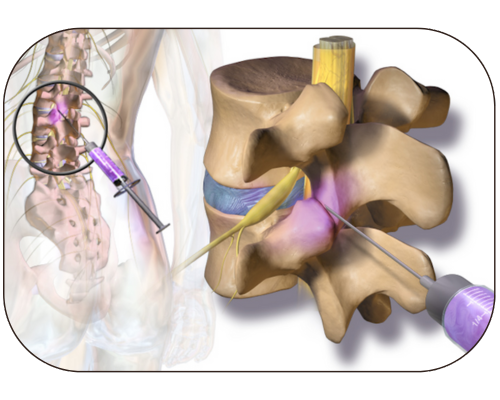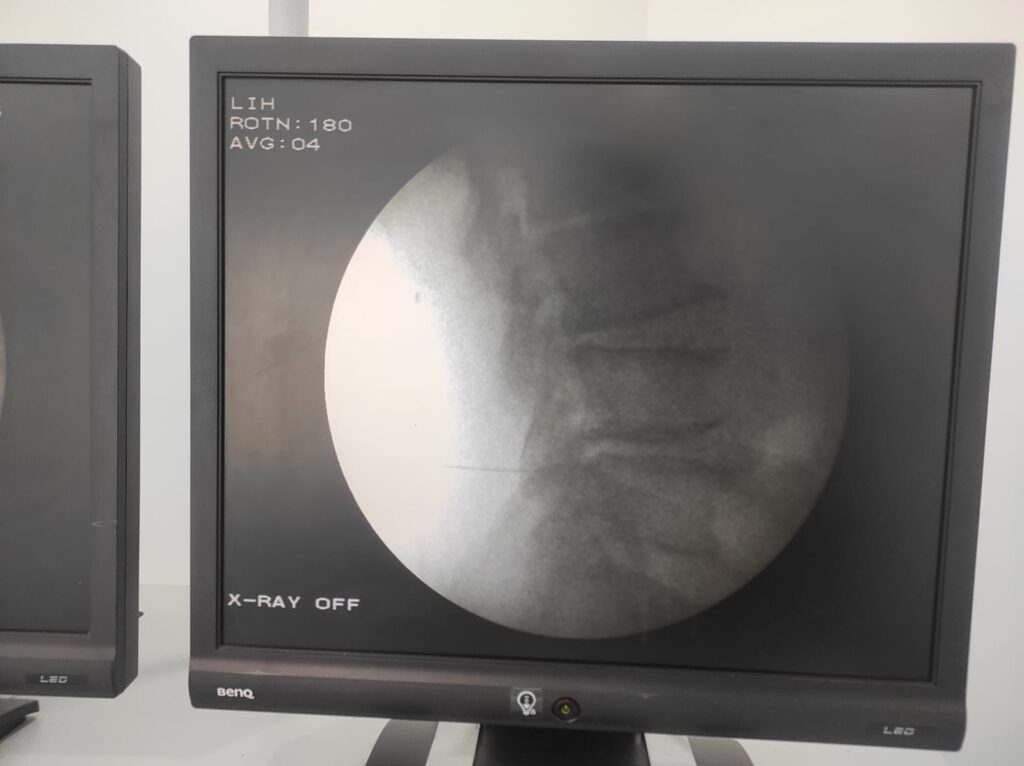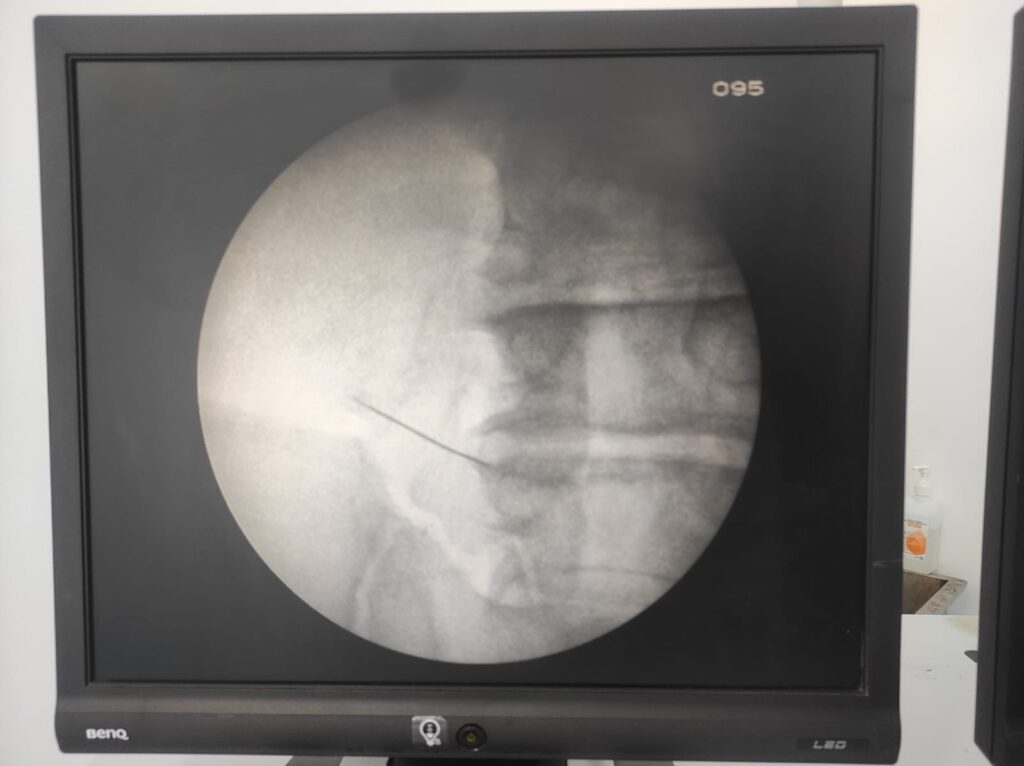
Welcome to Dr. Murali’s Pain Centre, where we specialize in delivering relief and improving the quality of life for individuals suffering from chronic pain. With a commitment to compassionate care and cutting-edge treatments, our dedicated team led by Dr. Murali is here to empower you on your journey towards a pain-free and fulfilling life.

What Is Facet Joint Injection ?
A facet joint injection, also known as a facet block, is a medical procedure used to diagnose and alleviate pain stemming from the facet joints in the spine. The facet joints, also called zygapophyseal joints, are small, cartilage-lined structures located between adjacent vertebrae in the spine. These joints play a role in providing stability and enabling the spine to move. Facet joint injections can help confirm whether the facet joints are the source of a patient’s pain. If the patient experiences pain relief after the injection, it indicates that the facet joints are a likely contributor to their discomfort.
Indications
It is usually a diagnosis of exclusion, after excluding mimics like nerve entrapment syndrome, discogenic pain, spinal stenosis and osseous abnormalities. In patients with facet joint syndrome, distension of the joint with saline or contrast will reproduce the pain, and injection of a local anesthetic agent will relieve the pain. This response pattern is the current gold standard for diagnosing the facet syndrome.
Contraindications
Injections are generally avoided in patients who have a systemic illness or skin infection over the puncture site, bleeding problems or coagulopathy, or an allergy to local anaesthetics or any of the drugs that will be administered.
Complications
Complications are uncommon, especially when facet joint injections are administered with precision needle positioning. Spondylodiscitis, septic arthritis, and an allergic reaction to the injectates are all possible risks. Septic arthritis can be avoided by taking proper aseptic precautions. Local anaesthetics seldom cause severe allergic responses.
Post Procedure
You may feel sore at the area of the needle insertion for a few days. You may apply ice or a cold pack to the injection site and your doctor may prescribe pain relief medication if you have significant pain. You should avoid strenuous activities and driving for 24 hours. You may feel your pain level increase as the numbing medicine wears off and before the cortisone begins to take effect.



